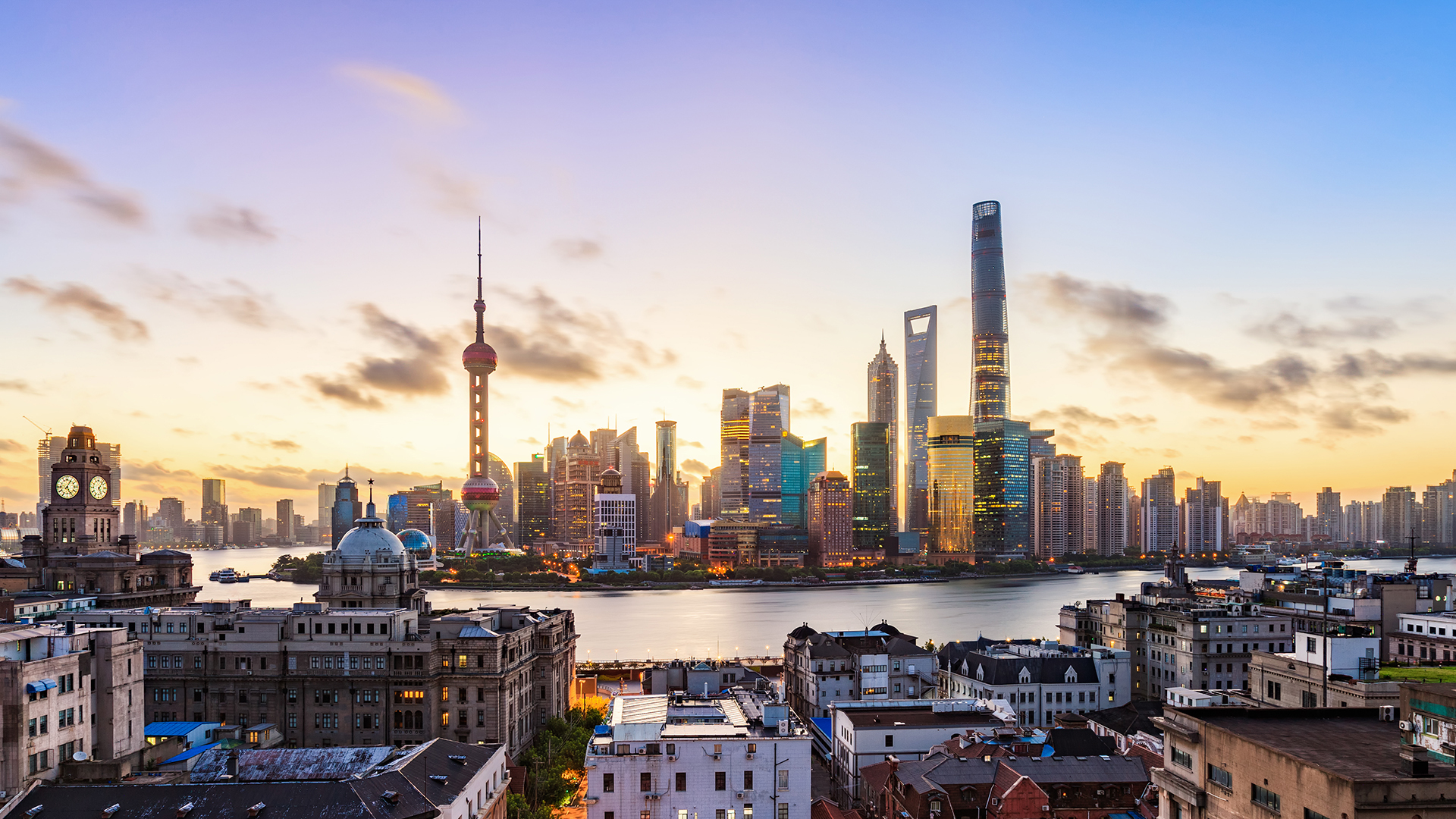Computer technologies are developing at a rapid pace and impacting on all sectors of the global economy. Inherent in this epochal shift towards and beyond the Information Age is a need for inventors of information technology to protect their computer-implemented inventions (CIIs). In this global comparative piece, we examine the current state of the law on the patentability of CIIs across a number of key jurisdictions, consider its impact on the protection and innovation of CIIs and provide some practical suggestions for future patent applicants in this space.
The viability of CII patents around the world is affected by legislation, official guidelines and patent office practice, and of course, case law. None of the jurisdictions we cover in this piece have a blanket prohibition against the patentability of CIIs. As long as a CII meets the relevant threshold or criteria for patent protection, it will be considered patentable subject matter. The process for examining and assessing patentability varies between jurisdictions, and sometimes within a jurisdiction over time and on a case-by-case basis.
One key theme seems to have currency in all jurisdictions we examine: mere business methods, economic practices, abstract ideas and scientific theorems are largely considered non-patentable subject matter. This extends to general purpose computer programs per se that implement such abstract creations devoid of any technical character.
Conversely, most jurisdictions consider CIIs that concern a technical contribution to be potentially patentable. What this entails varies between jurisdictions, but in essence will involve CIIs that:
- bring about a concrete, tangible or observable effect or result beyond and outside the typical working of a generic computer that has its own economic utility;
- solve and overcome a technical problem by technical means rather than merely circumventing it;
- have computer elements that are integral and essential to the invention rather than CIIs that use the computer as a mere generic tool for its well-understood, routine and conventional activities;
- provide a new material advantage, contribution or improvement in the operation of, or effect of, the use of the computer so that it runs more effectively or efficiently;
- have a technical effect at the level of the architecture of the computer; and
- require new hardware, or a new combination of hardware.
Although there is still legal uncertainty in this area, the increasing number of decisions and directions from patent offices and courts worldwide relating to CIIs provide useful guidance to patent applicants and practitioners alike and disclose a gradual trend towards acceptance of CII patents. For now, CII patent applicants are encouraged to ensure precision in the drafting of their claims and specifications, which should include sufficient detail as to the technical solutions and computer-specific functions used to carry out the invention. Meanwhile, those seeking to navigate freedom to operate issues will need to have regard to an increased potential for CII patents making their way through the patent validity gauntlet.






















